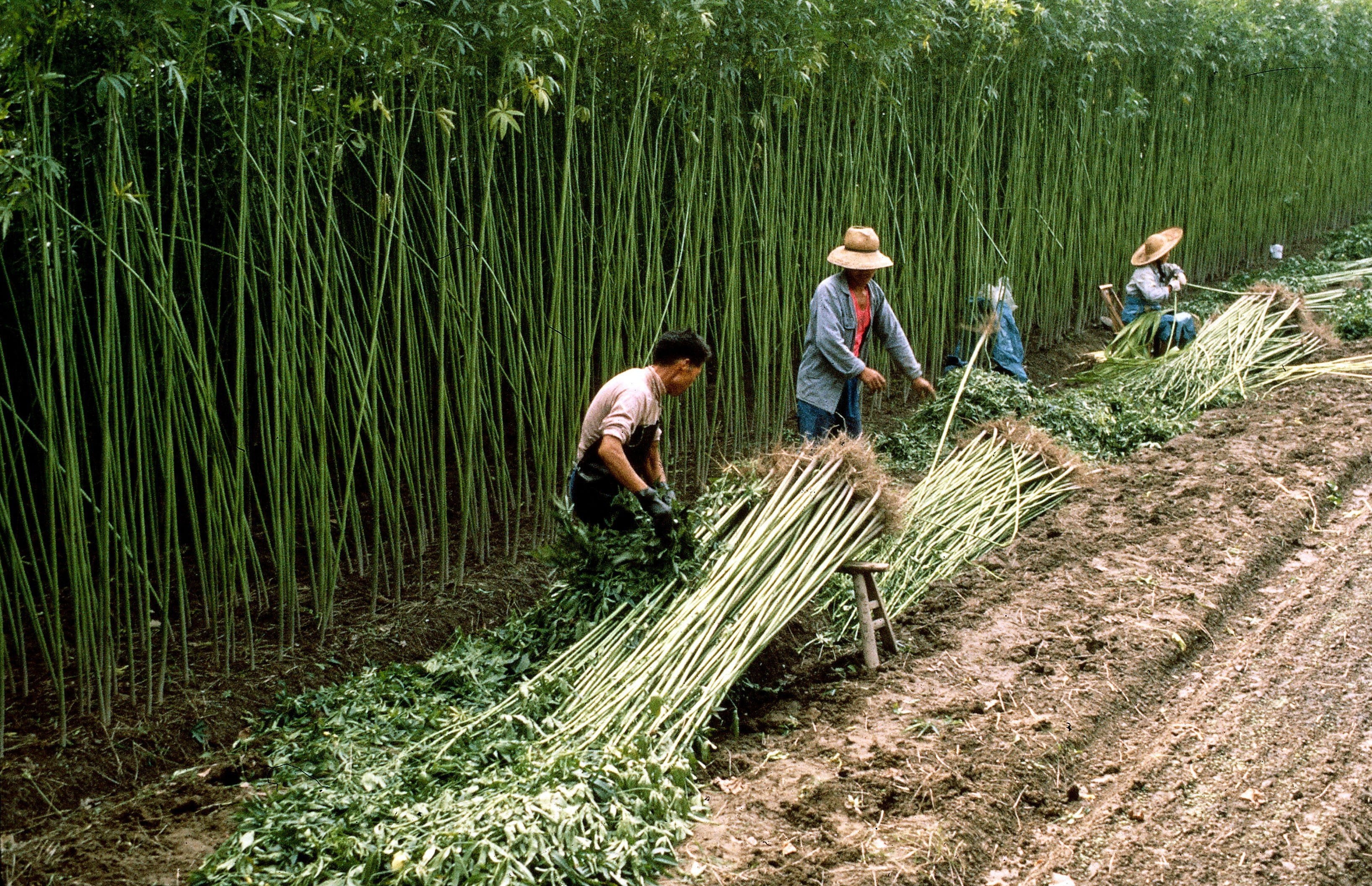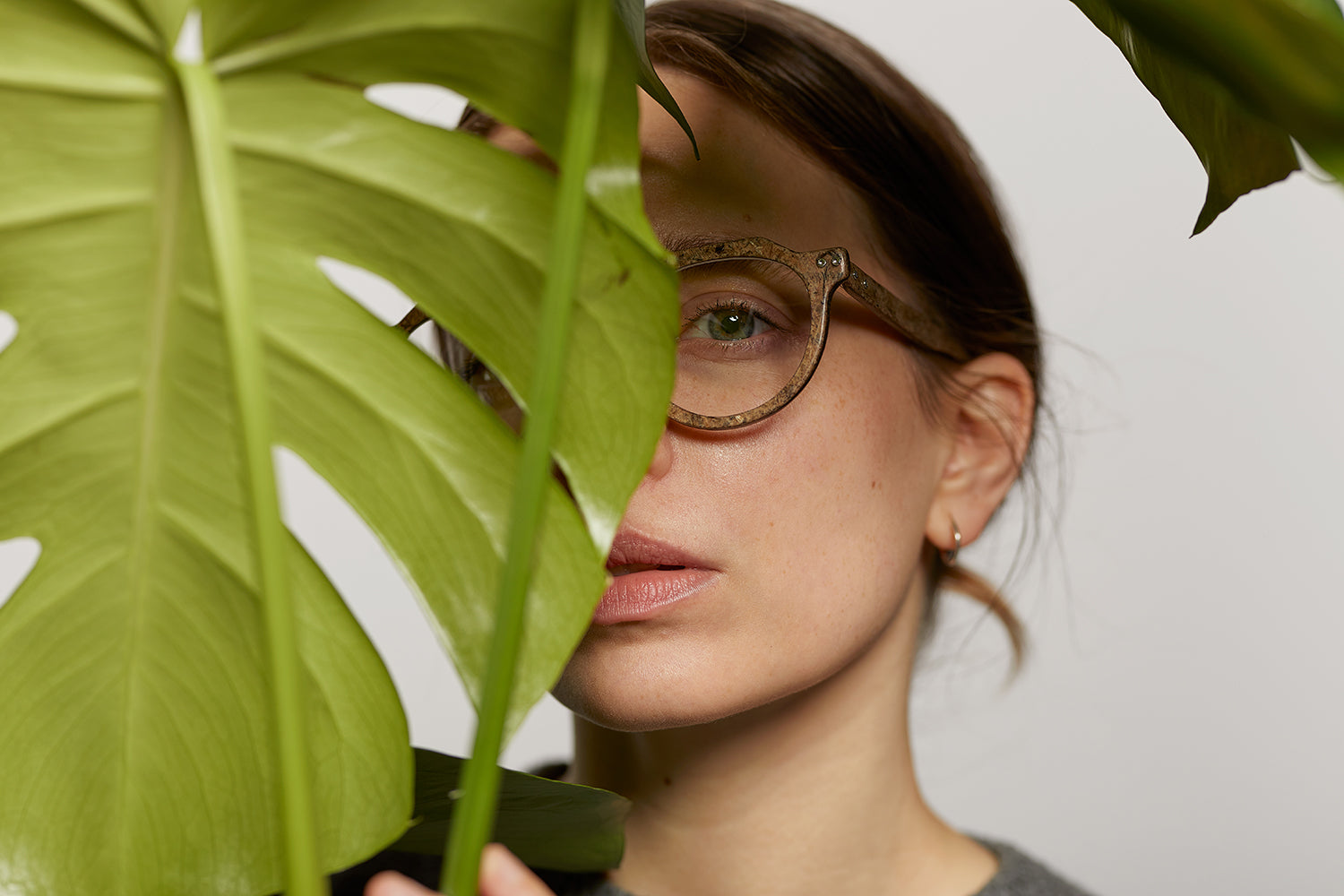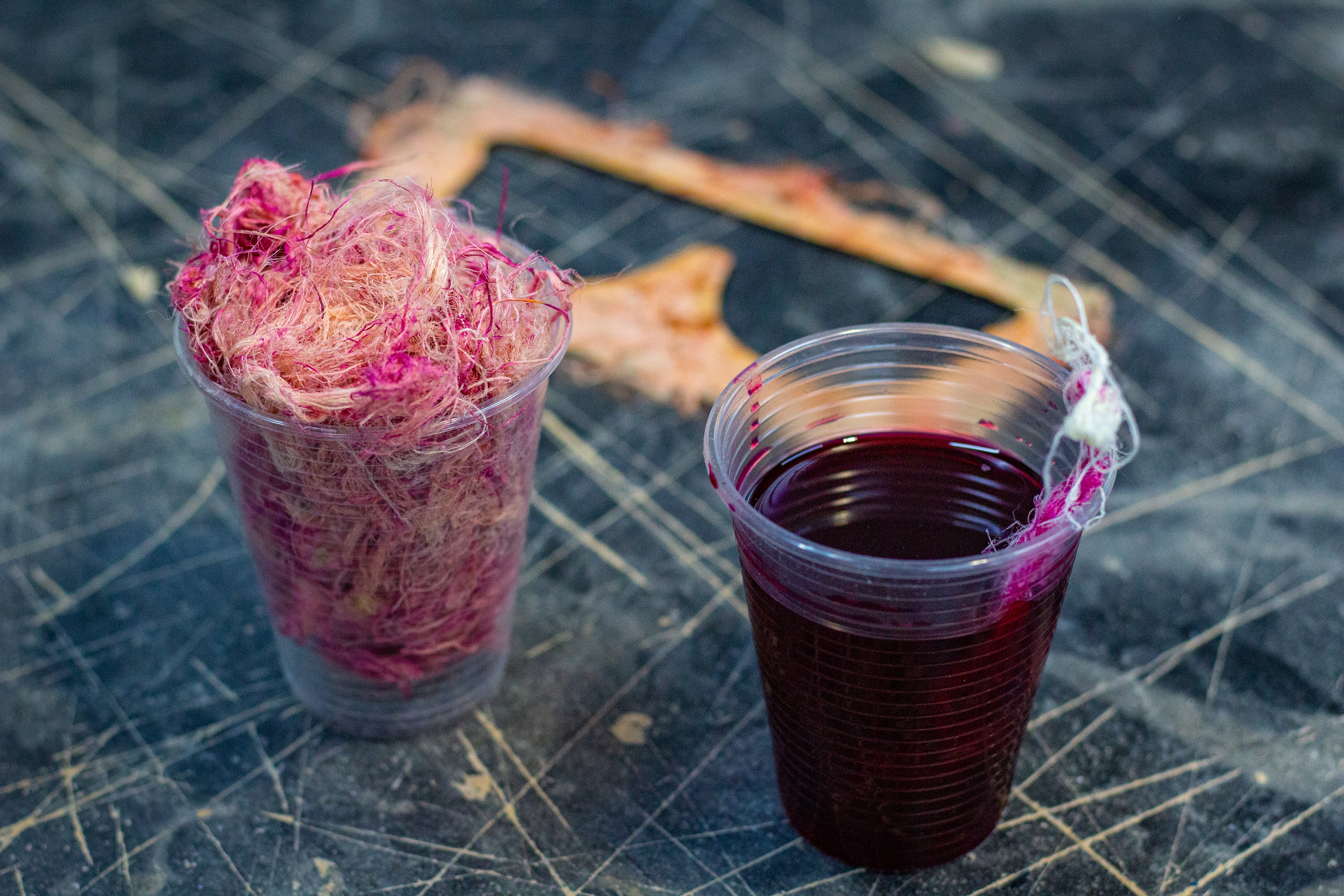
A Brief History of Hemp
Throughout history, hemp has been used extensively across the world for paper, fabrics and even medicines. Hemp was one of the first cultivated fibre plants with archaeological records of its use tracing back to ancient civilisations in Northern China as early as 10,000 BC, originating from rope imprints on pottery. Here, explore more from the rich history of hemp in China and discover our new frame inspired by the story.

Hemp in Ancient China
Evidence of this rich history varies from artefacts such as bowstrings used by archers in battle, to records of cannabis used as medicine by the 'Father of Chinese Medicine', Shen-Nung (2700 BC). But we also know that hemp was a significant part of ancient life in China because of dozens of references in art, poetry and prose.
For example, in a poem named The Pool in Front of the Main Gate from 900 BC, there a description of a building used to ret different types of hemp crop (Ou Má and Ou Ning). Shu Ching, the earliest Chinese history, celebrates the value of hemp for fibre, and reported that hemp was grown in present day Hunan and Anhui provinces.
Er Ya, the earliest Chinese dictionary with cultural, agricultural, and social content, was written during the Qin (221 BC-207 BC) and Western Han (206 BC-24 AD) dynasties. In this book, there is evidence of Chinese discovery of hemp plant's sexuality, differentiating between male hemp (xi má), and female hemp is called (ju má). The book also defines the attributes of hemp plants, describing the fibre as strong and soft, able to be spun into cloth, and that the plant's seeds could be used for food.
The discovery of hemp paper
Paper is one of the most significant Chinese inventions. Fragments of paper containing hemp fibre have been found in Chinese graves dating as early as the 1st Century. This paper was made by crushing hemp fibre and mulberry tree bark into a pulp, and mixing this with water in a large tank of water. The tangled fibers rose to the top of the water, were removed, and placed into a mould. After drying, the fibres formed sheets that could be written on.
Chinese inventors kept paper-making a top secret for many centuries, but eventually, the process was discovered by Japan during the 5th century, and through Chinese prisoners in the 9th century, the technology reached the Arab countries. Paper can still be made from hemp today, but because the industry has developed infrastructure for the use of wood as the feedstock, production costs for hemp paper are much higher so demand has slowed. However, hemp paper has the opportunity to help reduce the devastating impact of deforestation in the paper industry - find out more here.

History of hemp fabric
In ancient China, the bast fiber of the male plant was used to spin yarn and weave cloth. Until cotton was introduced into China during the Northern Song dynasty (960 AD-1127 AD), hemp was the dominant cloth throughout society. Many of the accounts of hemp use for textiles contained in the ancient Chinese texts have been corroborated by archeological discoveries of rope and burial cloth. During the Western Zhou dynasty (1100 BC-771 BC) hats, shoes and robes were made from high-quality hemp, with the fine and strong nature of the fibre providing evidence of the advanced agricultural tools developed by these ancient civilisations.
Once developed as an industrialised crop in China, hemp was later introduced to Europe along the Silk Road where it was traded in the Mediterranean countries across the Middle Ages. In the 16th century, it reached Chile, and later travelled to North America. Now, hemp is grown around the world (we source the hemp for our eyewear in France) because it is a year-round crop that grows quickly and easily in temperate climates, with no need for excessive chemical fertilisers, irrigation and pesticides.
Unfortunately, the use of hemp reached its peak in the 18th century - after the industrial revolution, the development of the cotton gin along with industrialised agribusiness, other materials were favoured for fabric and paper. But hemp is still just as versatile and strong, and in the fight against climate change and ecological breakdown, hemp could be a key to unlocking sustainable and regenerative production.
Click here to find out more about the different uses of hemp and its power as a sustainable material.

Meet Má 麻
Inspired by this history of hemp in China, we've developed a limited edition frame that takes the Mandarin name for hemp, Má 麻. Available as glasses or sunglasses, Má 麻 is a bold, flat top D-shaped frame, handcrafted from hemp.

Our stainless steel spring hinges allow a great fit on any sized head, and we've also added the option of lime green or maroon UV lenses to add a pop of colour to the earthy tortoiseshell hemp frame with natural specks of hemp fibre unique to every pair of Má 麻 glasses.
Although 90% of eyewear on the market is actually made in China, and largely from plastic, we handcraft our frames in Scotland from 100% natural and cruelty-free materials. The whole process is carried out in-house, from design and production to finishing and packing.
We know it's hard to pick a pair when you can't try on in person, so we've added a virtual try-on option so you can use your webcam or front-facing camera to see how they'll suit your face. We also now offer free customised engraving on every frame, so you can add a name or message to the arms of your new eyewear for a personal touch. Each pair is engraved by us in our Edinburgh studio with precision craftsmanship. Simply type up to 20 characters on the product page - shop now.

Find out how we transform fibre into frame here, and check out the video below for a sneak peek behind the scenes.
Sources and further reading
An archaeological and historical account of Cannabis in China
History of cannabis in Ancient China
The cultivation and use of hemp in ancient China


